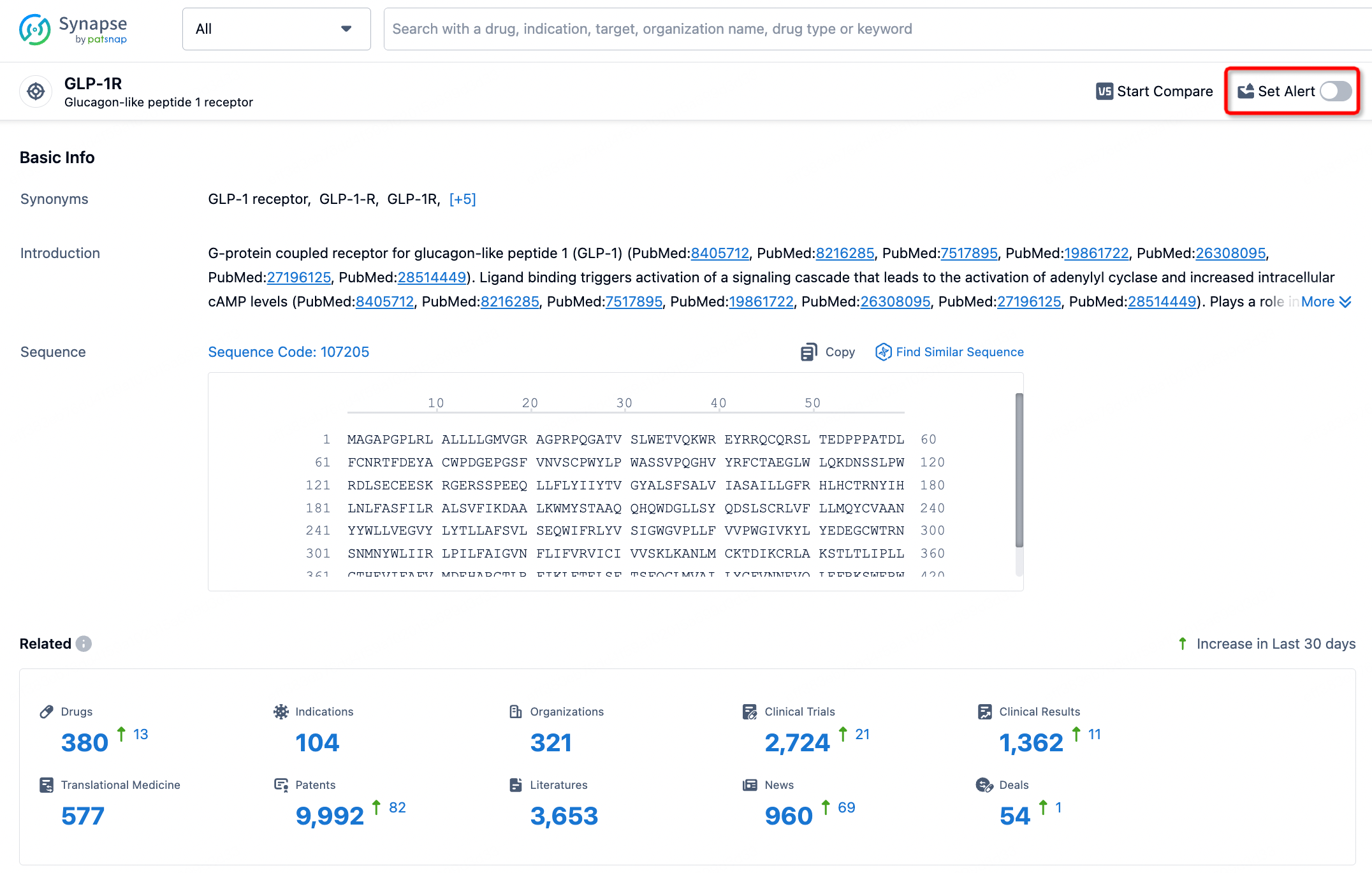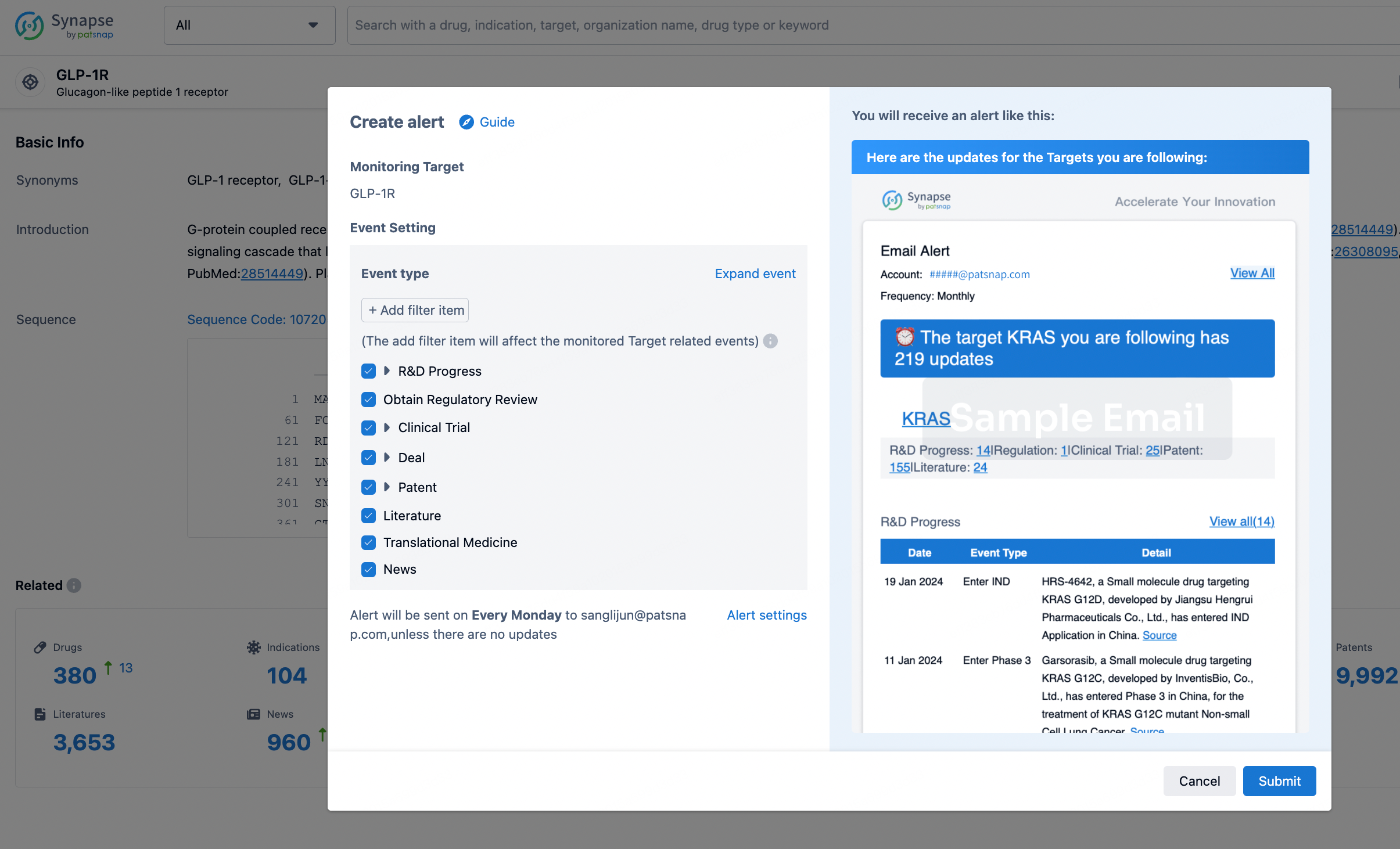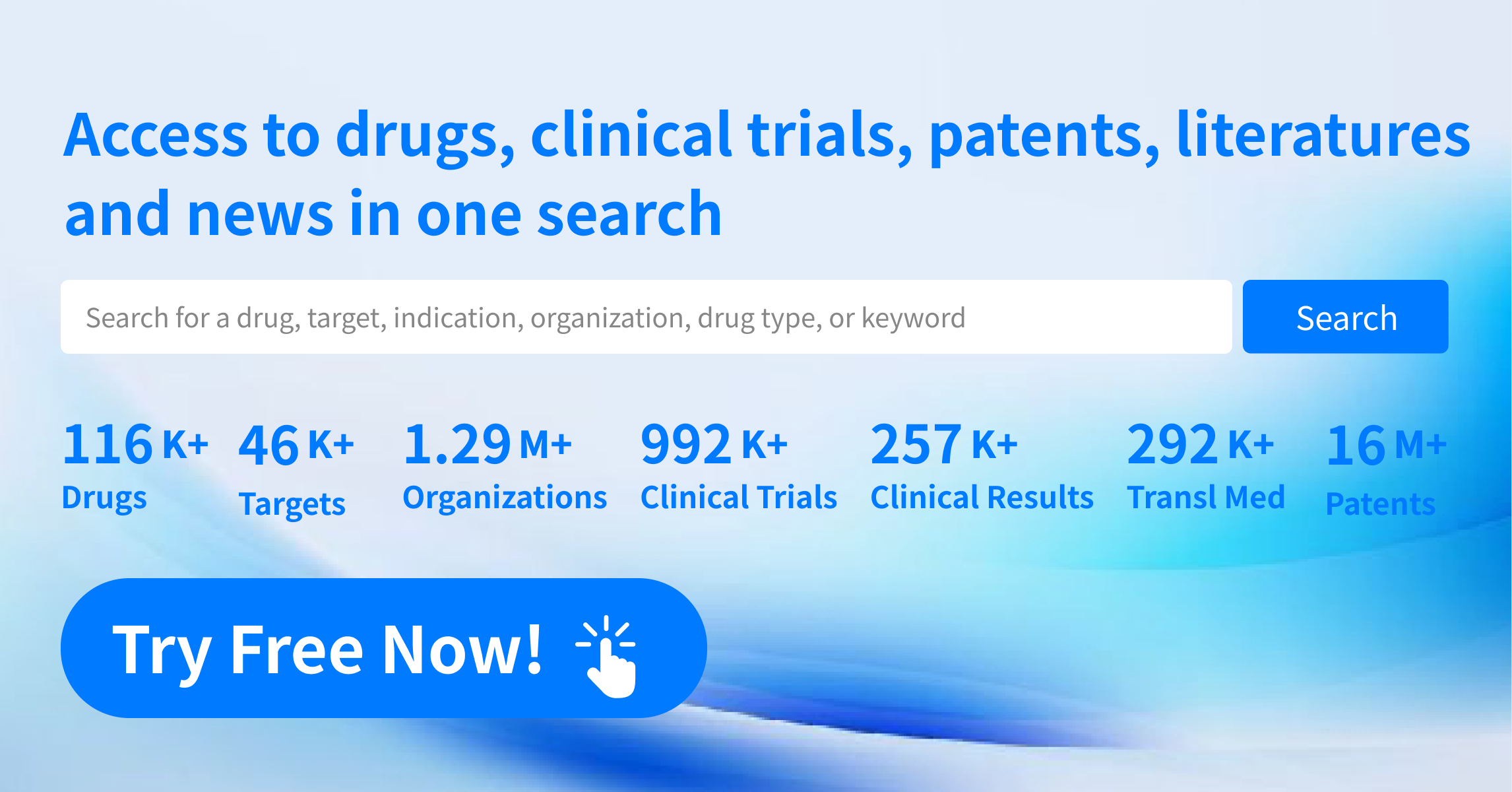Request Demo
What are PARP14 inhibitors and how do they work?
21 June 2024
Poly (ADP-ribose) polymerase 14 (PARP14) inhibitors are emerging as a promising class of therapeutic agents in the field of oncology and beyond. As part of the larger PARP family, PARP14 inhibitors are designed to interfere with specific cellular processes that are implicated in the survival and proliferation of cancer cells. In this blog post, we will delve into the mechanics of PARP14 inhibitors, their mode of action, and their potential applications in medicine.
PARP14 is a member of the PARP family of enzymes, which are involved in various cellular processes, including DNA repair, gene expression regulation, and cell death. PARP14 specifically plays a role in the ADP-ribosylation of target proteins, a post-translational modification that can alter protein function and interactions. PARP14 has been found to modulate processes such as inflammation, immune response, and cellular stress responses. Research has shown that PARP14 is often overexpressed in certain types of cancer, making it a viable target for therapeutic intervention.
PARP14 inhibitors work by specifically binding to the PARP14 enzyme and preventing it from performing its catalytic function. Inhibition of PARP14 leads to the accumulation of damaged DNA in cancer cells, which can eventually trigger cell death. Unlike traditional chemotherapy, which can affect both healthy and cancerous cells, PARP14 inhibitors are designed to selectively target cancer cells that rely on PARP14 for survival. This selective targeting reduces the risk of damage to healthy cells and minimizes side effects.
The mechanism of action of PARP14 inhibitors can be broken down into several key steps:
1. **Binding to PARP14**: The inhibitor molecule binds to the active site of the PARP14 enzyme, preventing it from catalyzing the transfer of ADP-ribose groups to target proteins.
2. **Disruption of DNA Repair**: By inhibiting PARP14, the cell's ability to repair DNA damage is compromised. Cancer cells, which often have higher rates of DNA damage and rely heavily on PARP14 for repair, are particularly vulnerable.
3. **Induction of Cell Death**: Accumulation of unrepaired DNA damage leads to genomic instability and triggers apoptosis, or programmed cell death, in the cancer cells.
4. **Immune Modulation**: In addition to promoting cell death, PARP14 inhibitors can also modulate the immune response, enhancing the body's ability to recognize and eliminate cancer cells.
PARP14 inhibitors have shown potential in several therapeutic areas, primarily in oncology. Their ability to selectively target cancer cells makes them an attractive option for treating various types of cancer, including breast, ovarian, and lung cancers. Clinical trials are underway to assess the efficacy of PARP14 inhibitors as monotherapies or in combination with other treatments such as chemotherapy, radiotherapy, and immunotherapy.
Beyond cancer, PARP14 inhibitors are being explored for their potential in treating inflammatory and autoimmune diseases. Given PARP14's role in modulating the immune response, inhibiting this enzyme could provide therapeutic benefits in conditions characterized by excessive inflammation or immune dysregulation, such as rheumatoid arthritis and multiple sclerosis.
Moreover, PARP14 inhibitors are being investigated for their potential in combating viral infections. Some viruses are known to hijack host cellular machinery, including PARP enzymes, to enhance their replication and survival. By inhibiting PARP14, researchers hope to disrupt the viral life cycle and reduce the severity of infections.
In conclusion, PARP14 inhibitors represent a novel and promising avenue for therapeutic intervention in cancer and other diseases. Their selective mechanism of action and potential to minimize side effects make them a valuable addition to the arsenal of targeted therapies. As research progresses, we can expect to see more applications and clinical validations for these inhibitors, paving the way for improved patient outcomes in a variety of medical conditions.
PARP14 is a member of the PARP family of enzymes, which are involved in various cellular processes, including DNA repair, gene expression regulation, and cell death. PARP14 specifically plays a role in the ADP-ribosylation of target proteins, a post-translational modification that can alter protein function and interactions. PARP14 has been found to modulate processes such as inflammation, immune response, and cellular stress responses. Research has shown that PARP14 is often overexpressed in certain types of cancer, making it a viable target for therapeutic intervention.
PARP14 inhibitors work by specifically binding to the PARP14 enzyme and preventing it from performing its catalytic function. Inhibition of PARP14 leads to the accumulation of damaged DNA in cancer cells, which can eventually trigger cell death. Unlike traditional chemotherapy, which can affect both healthy and cancerous cells, PARP14 inhibitors are designed to selectively target cancer cells that rely on PARP14 for survival. This selective targeting reduces the risk of damage to healthy cells and minimizes side effects.
The mechanism of action of PARP14 inhibitors can be broken down into several key steps:
1. **Binding to PARP14**: The inhibitor molecule binds to the active site of the PARP14 enzyme, preventing it from catalyzing the transfer of ADP-ribose groups to target proteins.
2. **Disruption of DNA Repair**: By inhibiting PARP14, the cell's ability to repair DNA damage is compromised. Cancer cells, which often have higher rates of DNA damage and rely heavily on PARP14 for repair, are particularly vulnerable.
3. **Induction of Cell Death**: Accumulation of unrepaired DNA damage leads to genomic instability and triggers apoptosis, or programmed cell death, in the cancer cells.
4. **Immune Modulation**: In addition to promoting cell death, PARP14 inhibitors can also modulate the immune response, enhancing the body's ability to recognize and eliminate cancer cells.
PARP14 inhibitors have shown potential in several therapeutic areas, primarily in oncology. Their ability to selectively target cancer cells makes them an attractive option for treating various types of cancer, including breast, ovarian, and lung cancers. Clinical trials are underway to assess the efficacy of PARP14 inhibitors as monotherapies or in combination with other treatments such as chemotherapy, radiotherapy, and immunotherapy.
Beyond cancer, PARP14 inhibitors are being explored for their potential in treating inflammatory and autoimmune diseases. Given PARP14's role in modulating the immune response, inhibiting this enzyme could provide therapeutic benefits in conditions characterized by excessive inflammation or immune dysregulation, such as rheumatoid arthritis and multiple sclerosis.
Moreover, PARP14 inhibitors are being investigated for their potential in combating viral infections. Some viruses are known to hijack host cellular machinery, including PARP enzymes, to enhance their replication and survival. By inhibiting PARP14, researchers hope to disrupt the viral life cycle and reduce the severity of infections.
In conclusion, PARP14 inhibitors represent a novel and promising avenue for therapeutic intervention in cancer and other diseases. Their selective mechanism of action and potential to minimize side effects make them a valuable addition to the arsenal of targeted therapies. As research progresses, we can expect to see more applications and clinical validations for these inhibitors, paving the way for improved patient outcomes in a variety of medical conditions.
How to obtain the latest development progress of all targets?
In the Synapse database, you can stay updated on the latest research and development advances of all targets. This service is accessible anytime and anywhere, with updates available daily or weekly. Use the "Set Alert" function to stay informed. Click on the image below to embark on a brand new journey of drug discovery!
AI Agents Built for Biopharma Breakthroughs
Accelerate discovery. Empower decisions. Transform outcomes.
Get started for free today!
Accelerate Strategic R&D decision making with Synapse, PatSnap’s AI-powered Connected Innovation Intelligence Platform Built for Life Sciences Professionals.
Start your data trial now!
Synapse data is also accessible to external entities via APIs or data packages. Empower better decisions with the latest in pharmaceutical intelligence.


